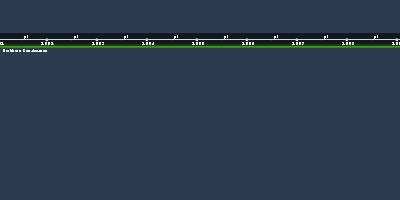Tokugawa Shogunate (23 déc. 1600 – 23 déc. 1867)
Description:
Over 2.5 centuries of stability, prosperity, & isolationFarmers produced more food = the population increased
Peasants led miserable lives (weighed down by heavy taxes, etc.)- those who prospered were the merchant class & the wealthy
Society was very structured:
- emperor held top rank but did not hold any power
- the shogun was the actual ruler
- peasants made up 4/5 of the population
1. emperor*
2. shogun
3. daimyo
4. samurai warriors
5. peasants & artisans
6. merchants (gradually moved up as the economy expanded)
Confucian values: ideal society should depend on agriculture, not commerce; farmers, not merchants made ideal citizens
Real world: peasant farmers bore the main tax burden and faced the most difficulties- many abandoned farm life and went to cities
mid-1700s: Japan shifted to urban society from rural (Edo population passed 1 million people)
- some women had more opportunities (ex. jobs in entertainment, textile, manufacturing, & publishing)
- most peasant wives still stayed home/obeyed their husbands
Japanese culture thrived: traditional entertainment vs new styles of literature, art, drama
The biggest influence for culture, language, etc. was China
The biggest difference between Japan & China: Japan was not a meritocracy (more feudalistic) but China was a meritocracy (civil service exams could be taken)
Most food is from the ocean
Religion: Shinto
- worship of local, nature gods/goddesses
- based on nature/worship of ancestors
- began to mix with Buddhism
Ajouté au bande de temps:
Date:
23 déc. 1600
23 déc. 1867
~ 267 years
